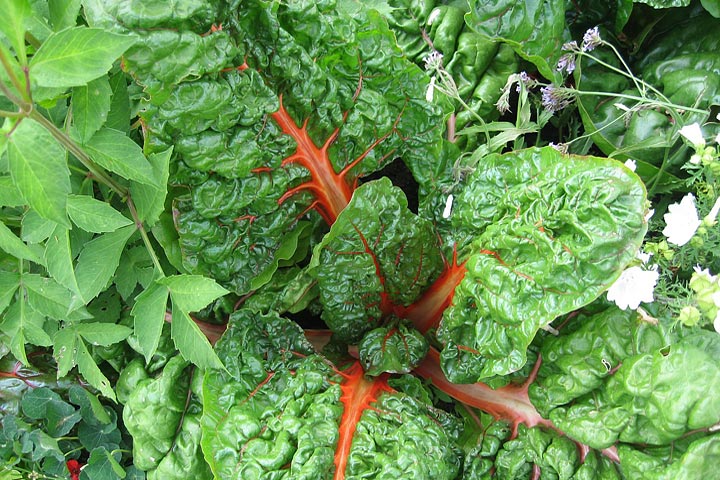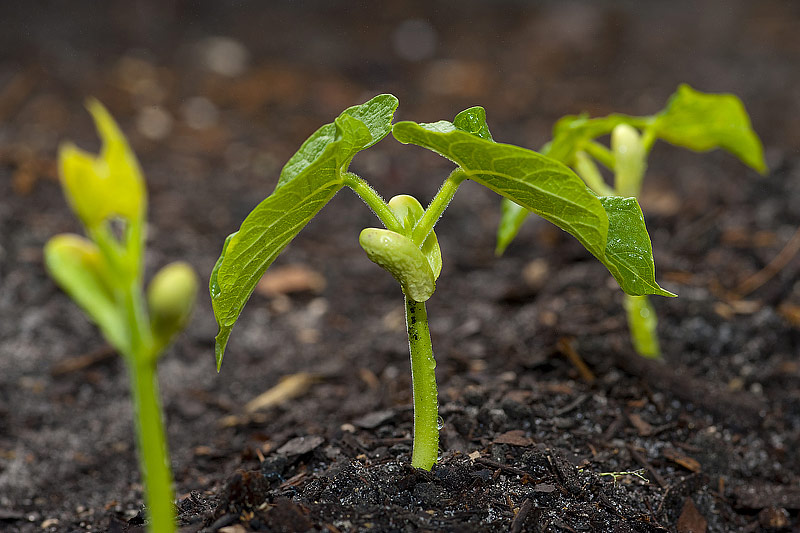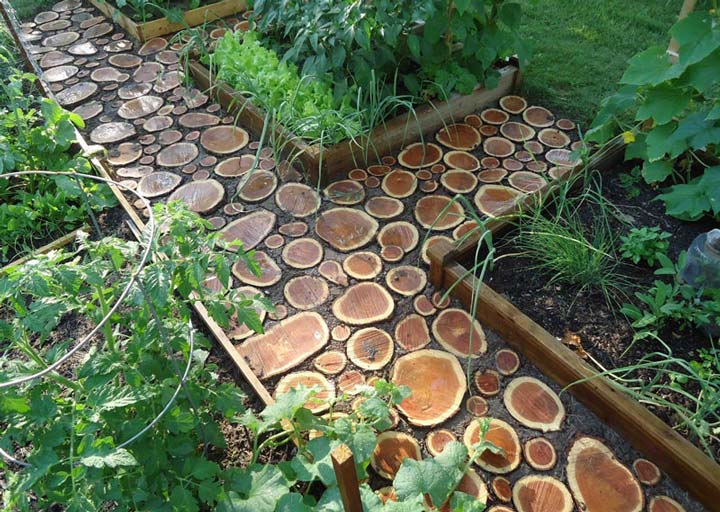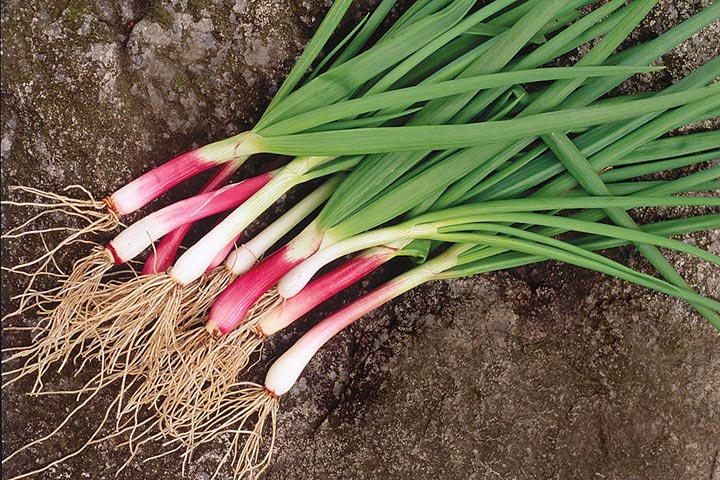
When most people picture a vegetable garden, they imagine a spot that bakes in the sun all day. For some vegetables, such as tomatoes, peppers, and squash, this is the ideal site. What if we want to grow vegetables, but don’t have a site like this “ideal” one available? There are plenty of vegetables that will grow well without full sun. Those of us who have shady garden, we can grow vegetables, too!
Basically, a good rule to remember is that if you grow a plant for the fruit or the root, it needs full sun. If you grow it for the leaves, stems, or buds, a little shade will be just fine.
Keep in mind that no vegetable will grow in full, dense shade. The following crops will produce with three to six hours of sun, or fairly constant dappled shade, per day.
- Salad Greens, such as leaf lettuce, arugula, endive, and cress.
- Broccoli
- Cauliflower
- Peas
- Beets
- Brussels Sprouts
- Radishes
- Swiss Chard
- Leafy Greens, such as collards, mustard greens, spinach, and kale
- Beans
In some ways, growing in a site with part shade is easier than growing in full sun.
You won’t have to water as often, and crops that are quick to bolt in hot weather, such as lettuces and spinach, will grow quite a bit longer given some shade.
The best thing about knowing that these crops will successfully grow with some shade is that you’ll be able to get more produce from your garden. Even if you’re lucky enough to have an area with full sun that you can reserve for a vegetable garden, knowing which plants will take some shade will help you get the most out of your space. You can use that sunny space to grow the sun-lovers: peppers, tomatoes, eggplants, corn, and squashes. The other crops, those that do well in the shade, can be tucked in anywhere. Grow some beets or Swiss chard in your part-sun perennial border.
Grow some lettuce or radishes in a container or window box. Make use of the space you have, in both sun and shade, and you can easily double the amount of vegetables you would usually get.
Having a shady garden doesn’t mean you’re destined to live a life devoid of fresh garden vegetables. By making the most of what you have, you can harvest lettuces, peas, and other tasty veggies from spring through fall.






Leave a Reply